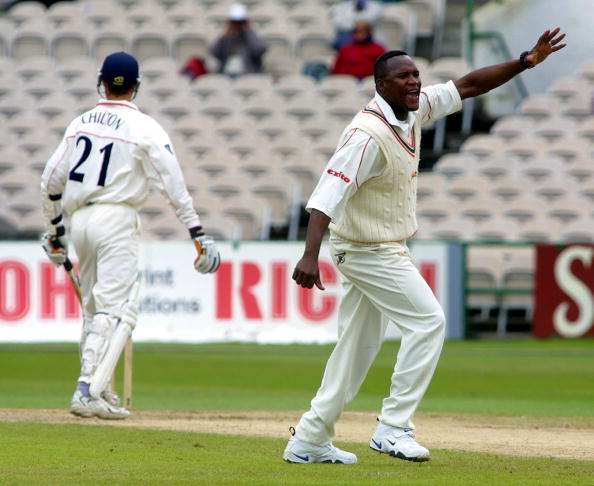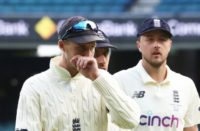Of all the performances to come out of the recent second Test in Durham, from Moeen Ali’s attacking century to Jimmy Anderson’s second-innings bowling display, not to mention Dinesh Chandimal’s gritty ton and Alastair Cook’s fairytale 10,000-run milestone, the standard of umpiring was something that really caught my eye.
Sundaram Ravi and Aleem Dar pretty much got everything right that was thrown at them across four bitterly cold days in the north east. On countless occasions the players called for reviews, and the umpire’s original call stood. To be fair, some of the reviews by the Sri Lankans were pretty comical, but that takes nothing away from the standard set by the two officials out in the middle. We should congratulate them on their performance.
Every cricketer has tried their hand at umpiring, whether it’s former players taking up the role full-time or clubbers who get burdened with the white jacket in a Sunday friendly (usually an opening
batsman who has been skittled early on). But no matter what level you are officiating at, it’s bloody tough because you will always have a big decision to make. The game may be meandering along and suddenly there is an explosion of controversy over a call that someone feels has gone the wrong way.
The physical aspect of umpiring is incredibly draining. People don’t appreciate this enough. Hours on end in the field, feet planted to the same spot. At the top level, an umpire is watching that front line, which bowlers push to the absolute limit. Then they have to quickly sharpen up their eyes again for the action 22 yards away. Bear in mind, a lot of quick bowlers like the umpire to stand further back so they are not put off in their approach and final delivery stride, so 22 yards is often more like 25 or 26.
Can you imagine umpiring when my old mate Devon Malcolm was tearing in? If it wasn’t tough enough that Dev was the far side of rapid, an umpire would have also had to counter Dev’s lack of direction. With quicks like Glenn McGrath, Curtly Ambrose and Malcolm Marshall, the umpire would pretty much know what they were getting and there would be a channel where the ball was heading down more often than not.
But the really quick bowlers are always going to spray it about, and in Dev’s case you had everything: throat balls, leg-stump half-volleys, full bungers, then the deadly one that nips in off the seam, bringing the stumps, bat and pads into play. There would be no let up for the batsman or umpire.
Shane Warne often says he would have got a stack more wickets if DRS was about when he was playing. I would agree with this, but there are probably a few batsmen out there who can count themselves unlucky that a thick edge from a seamer wasn’t picked up before the deadly finger was raised.
Which brings me on to umpires making mistakes. The Decision Review System was put in place to help umpires, to eliminate those ‘shocking’ decisions that would have a major impact on Test matches. I like DRS; it’s good for the game on the whole. But I can’t help feeling it is putting more pressure on them, being questioned by the players and then, if they have got it wrong, having to overturn the decision in full view of the watching public.
That’s why I was so pleased to see Dar and Ravi’s superb performance in Durham. They didn’t put a foot wrong and we are all too quick to make a meal out of things when umpires do.
This piece originally featured in The Cricket Paper, Friday June 3 2016












